How to Feed Pregnant and Lactating Does
This article explores how to meet the specific nutritional needs of pregnant and lactating does, with a focus on practical feeding strategies.
Goat farming is a versatile livestock enterprise valued for meat, milk, fiber, and hides. Known for their adaptability, goats thrive in diverse climates and production systems. Here, you’ll find resources on goat breeds, feeding practices, breeding management, health care, housing, and marketing opportunities across regions. Ideal for smallholders and commercial farmers alike, this section explores how to run profitable goat operations sustainably.
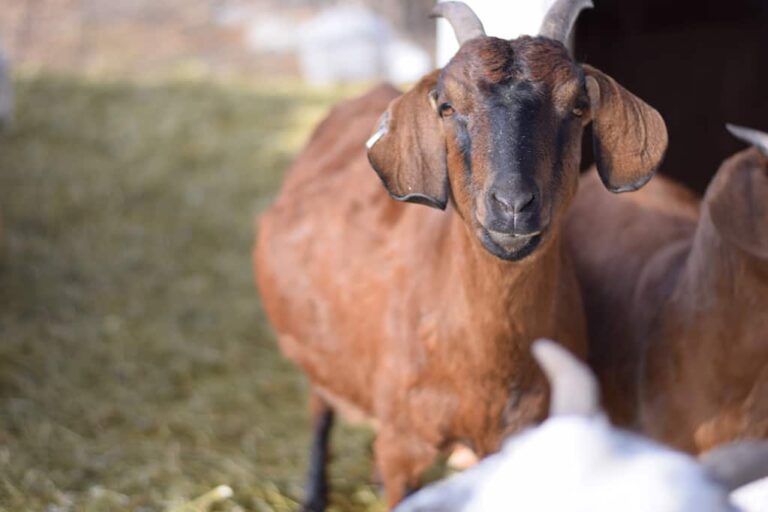
This article explores how to meet the specific nutritional needs of pregnant and lactating does, with a focus on practical feeding strategies.
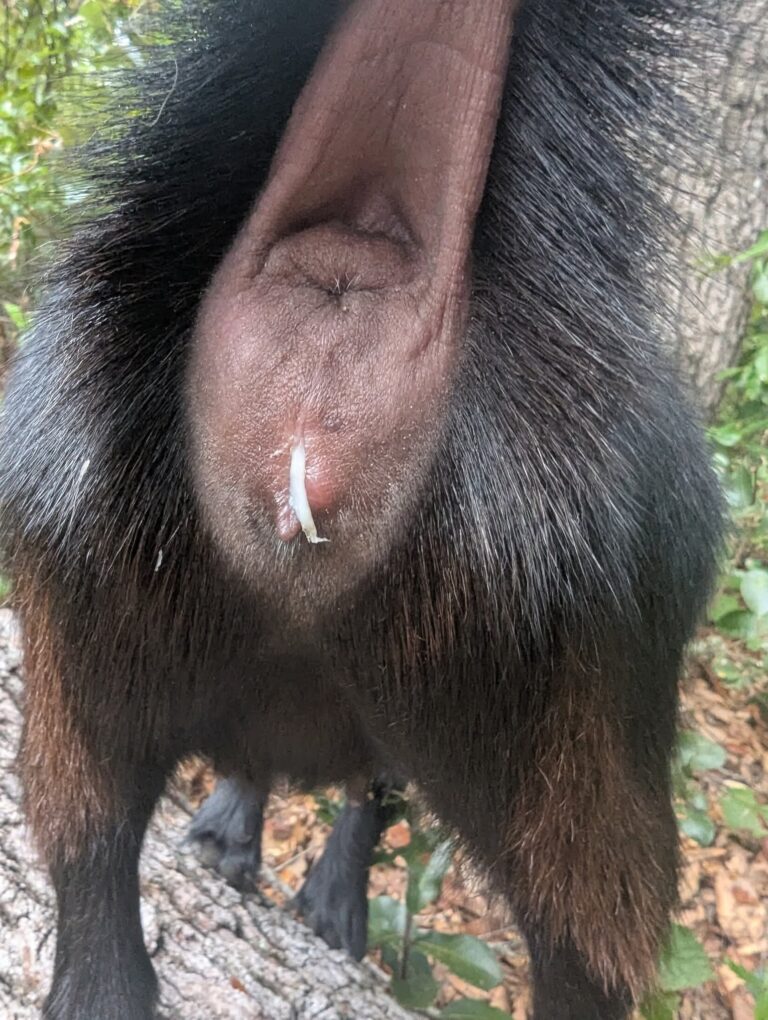
This guide explains the key signs and best techniques for detecting heat in goats so you can breed with confidence.
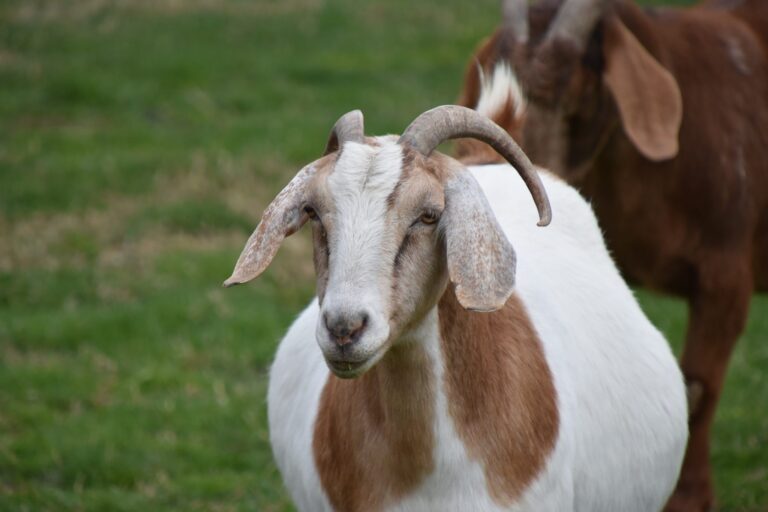
Understanding the goat gestation period and the best practices for pregnancy care is vital for preventing losses, supporting maternal health, and ensuring strong, thriving kids.
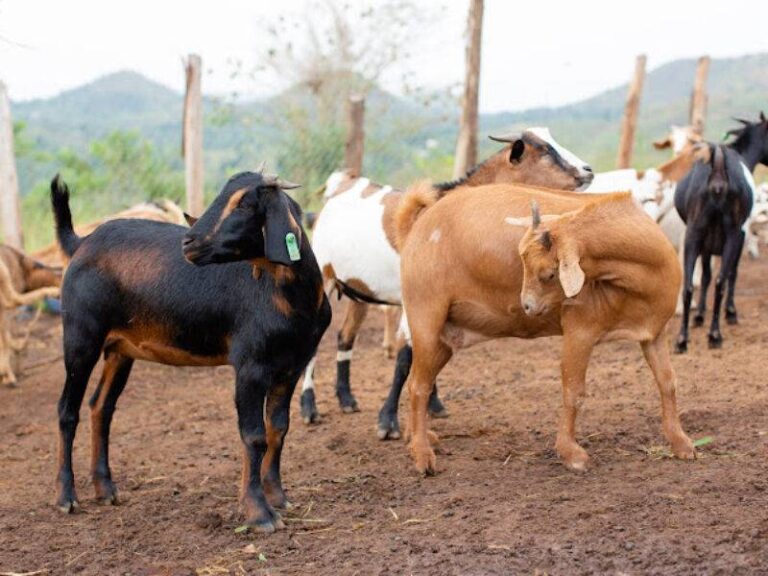
This guide outlines the essential steps in preparing goats for breeding season, focusing on nutrition, health, and overall conditioning.
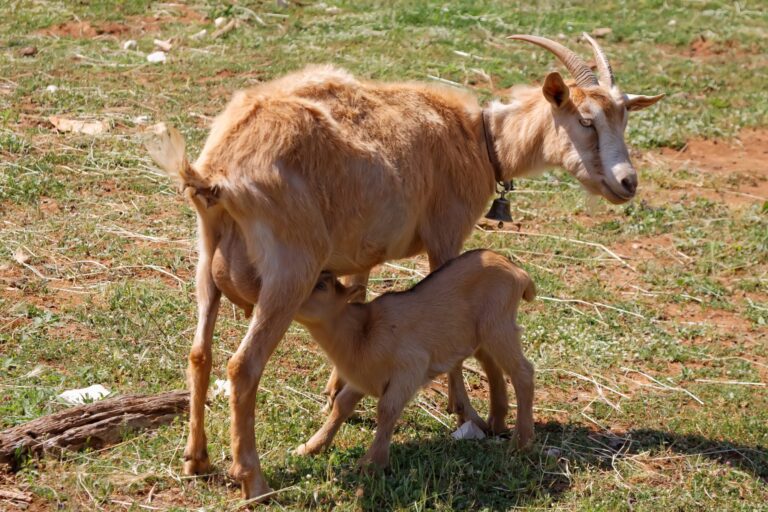
Whether you’re bottle-feeding or dam-raising, this guide explains the best practices for weaning goat kids safely.
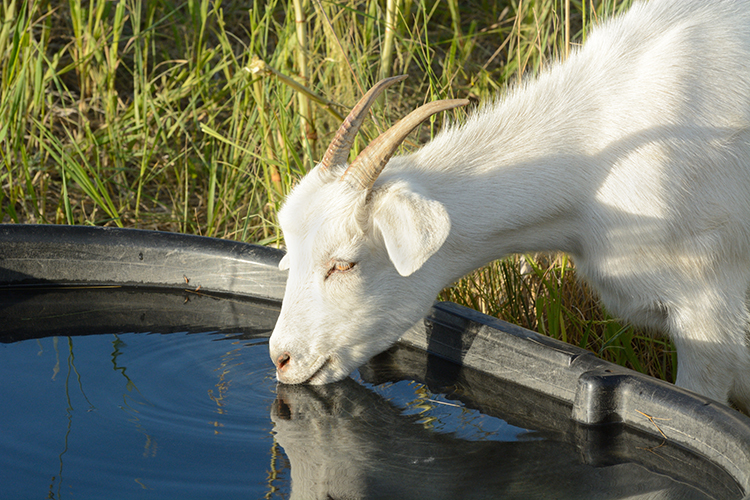
On average, an adult goat needs between ½ gallon to 2 gallons (2–8 liters) of water per day, depending on several factors.
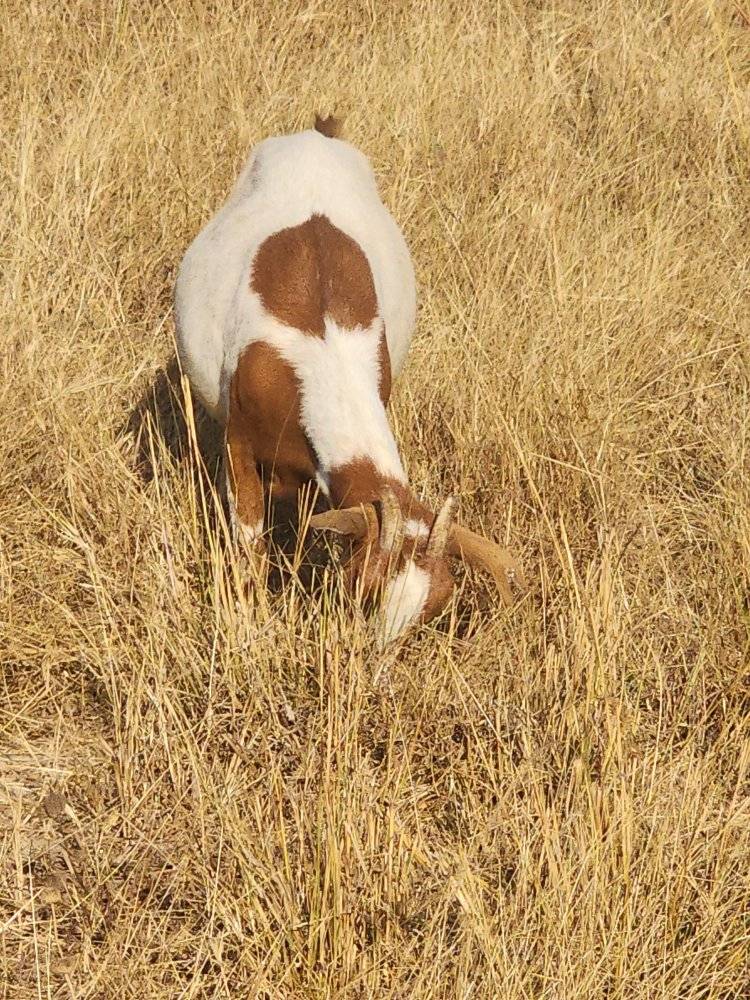
Whether you’re starting a backyard herd or launching a commercial enterprise, this guide explains the ideal land and climate features for profitable goat farming.
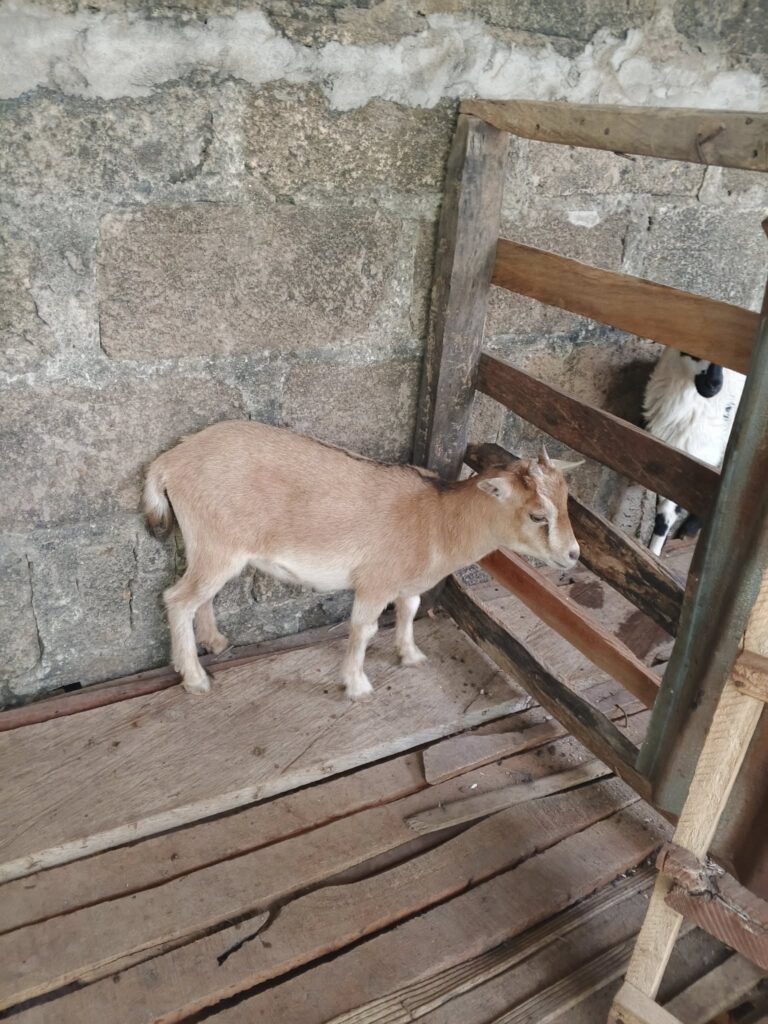
Investing in the right equipment from the start will boost efficiency, minimise animal stress, and improve your farm’s overall productivity.
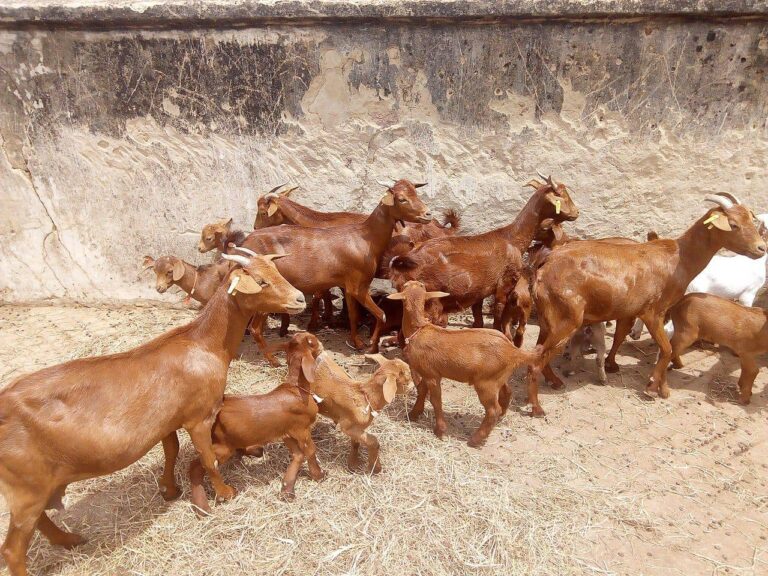
Starting a profitable goat farm is a long-term commitment that begins with smart planning and ends with consistent management.
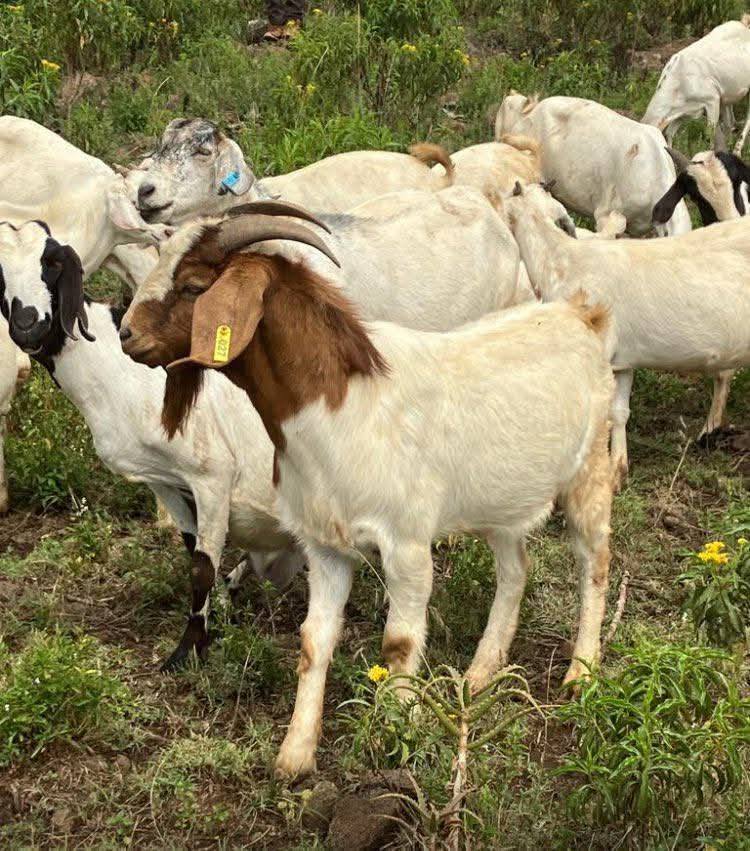
Goat fattening is the intentional feeding of young or mature goats to boost their body weight, muscle tone, and fat cover within a limited timeframe